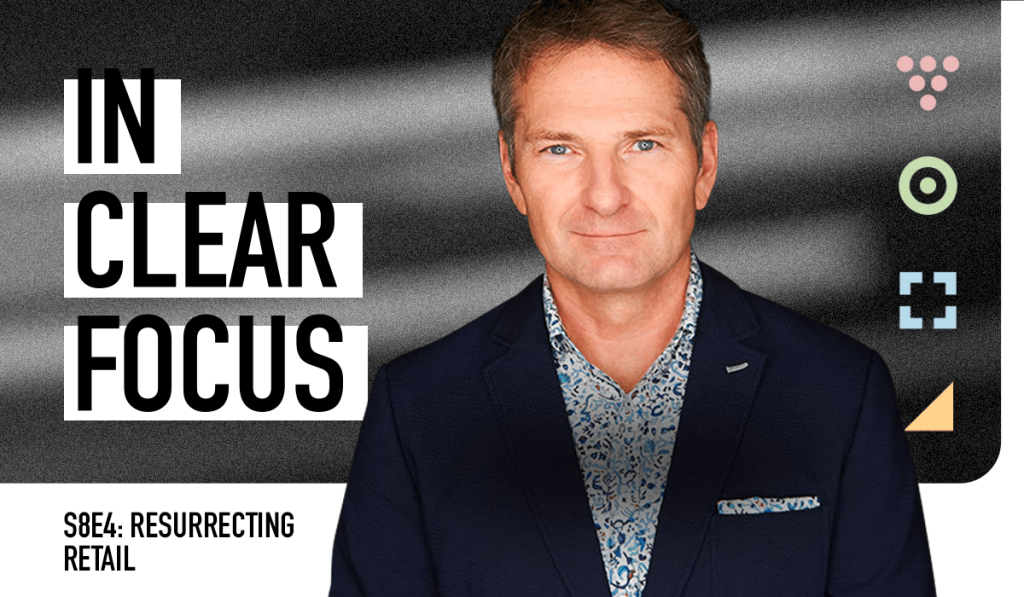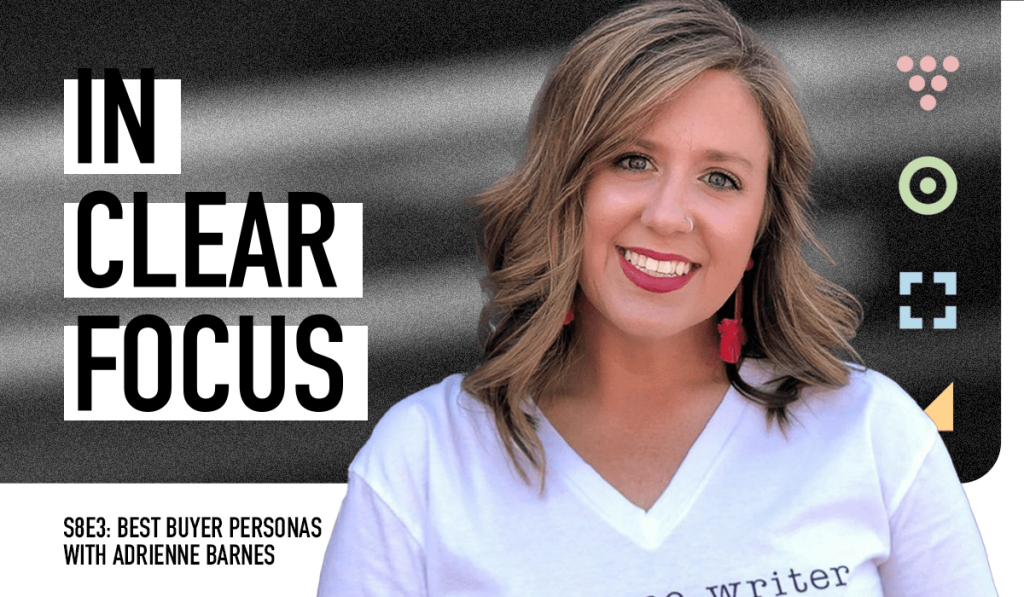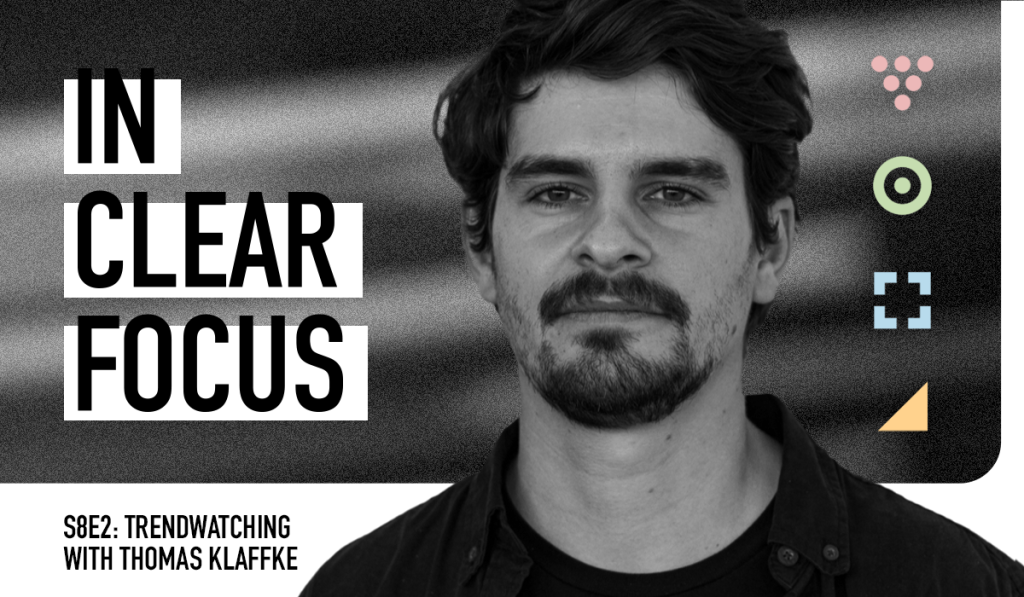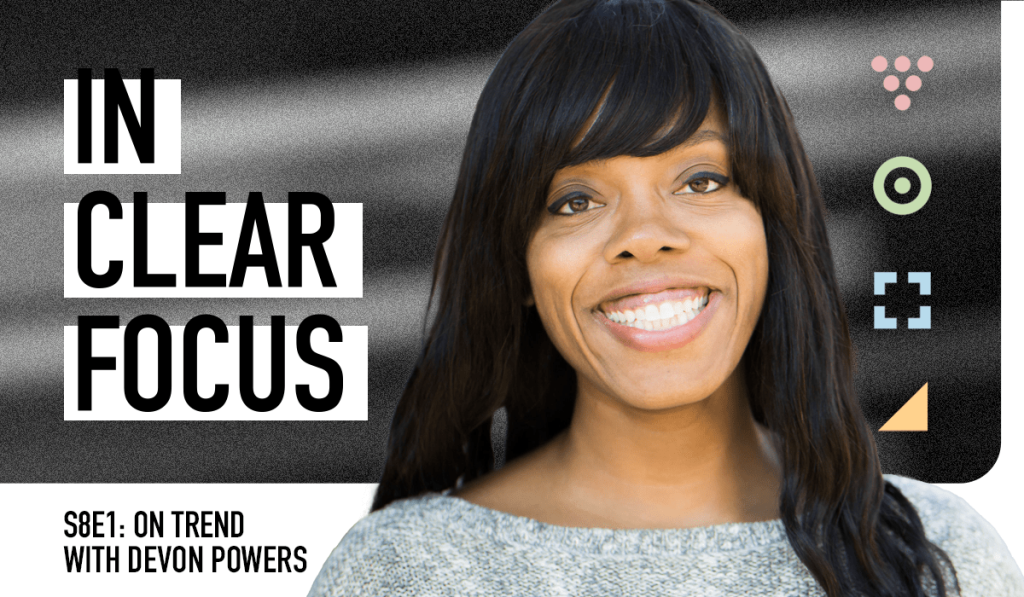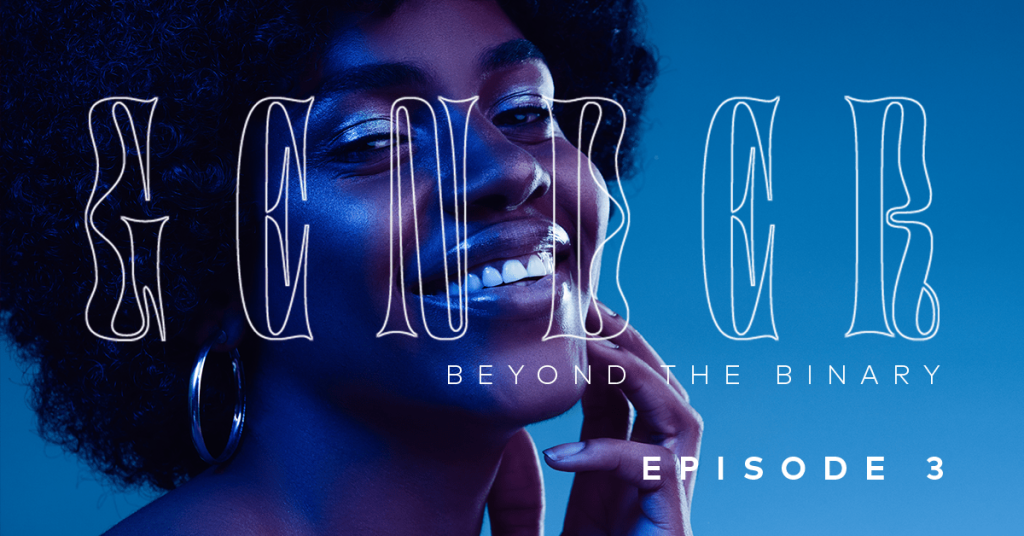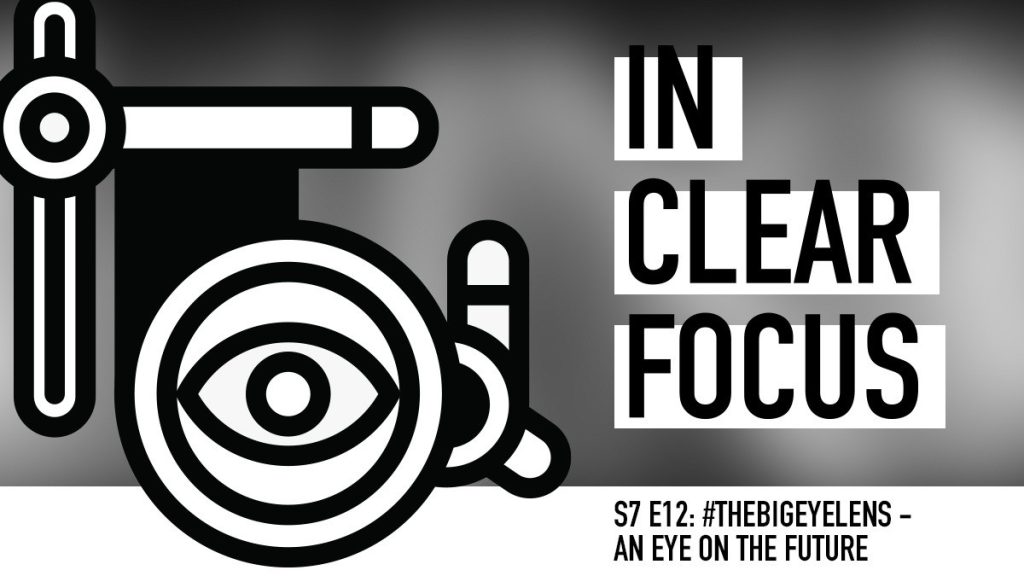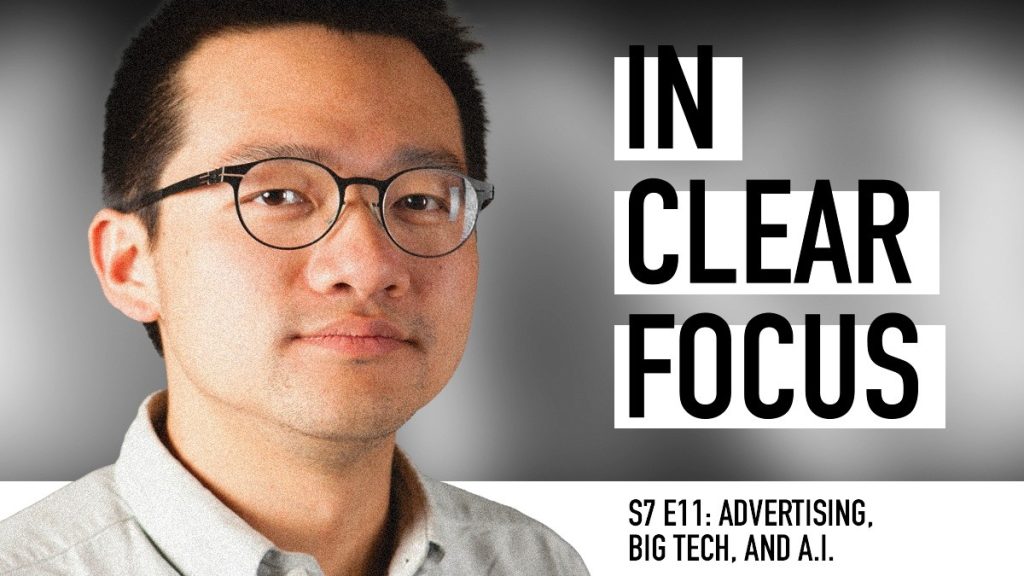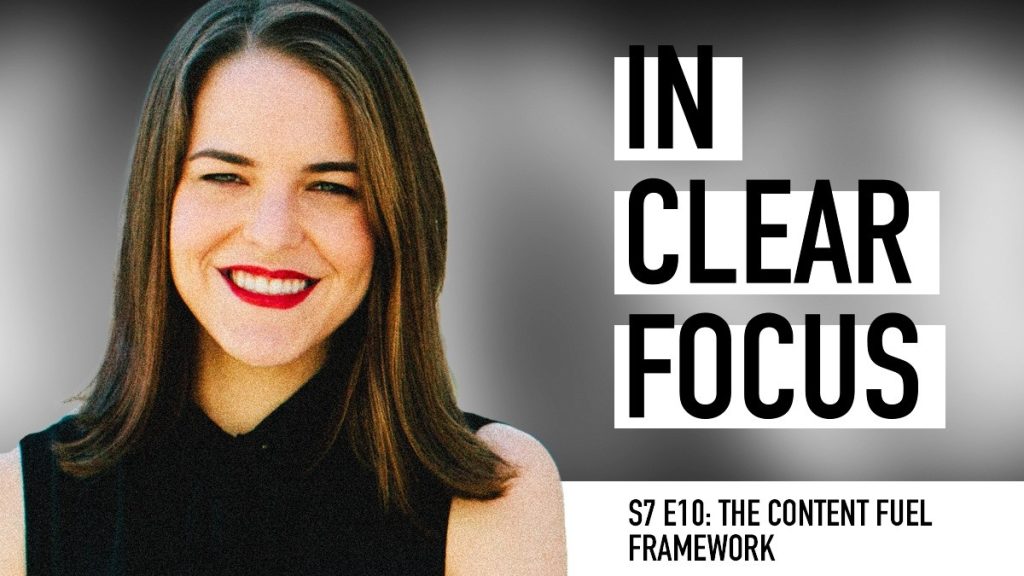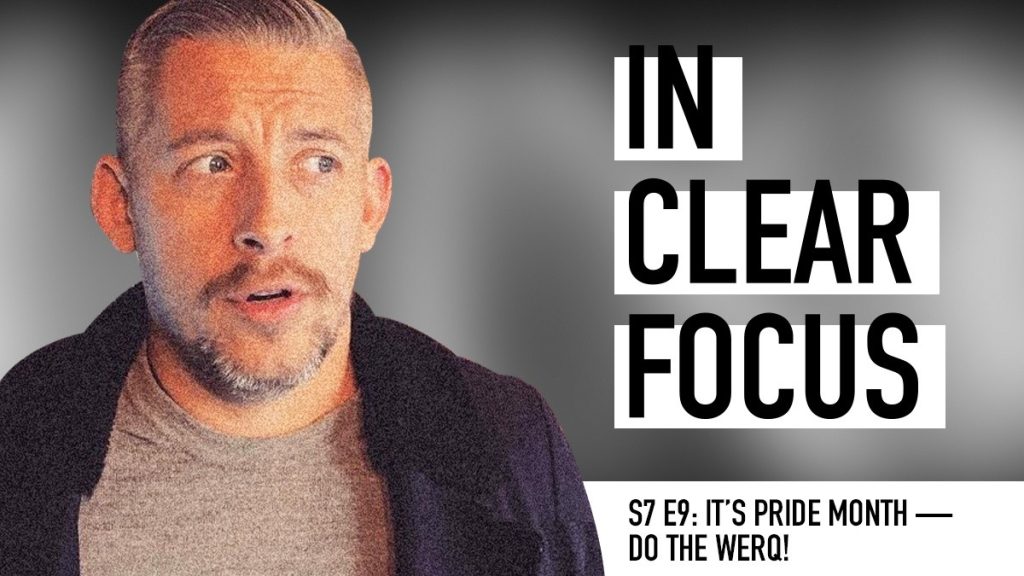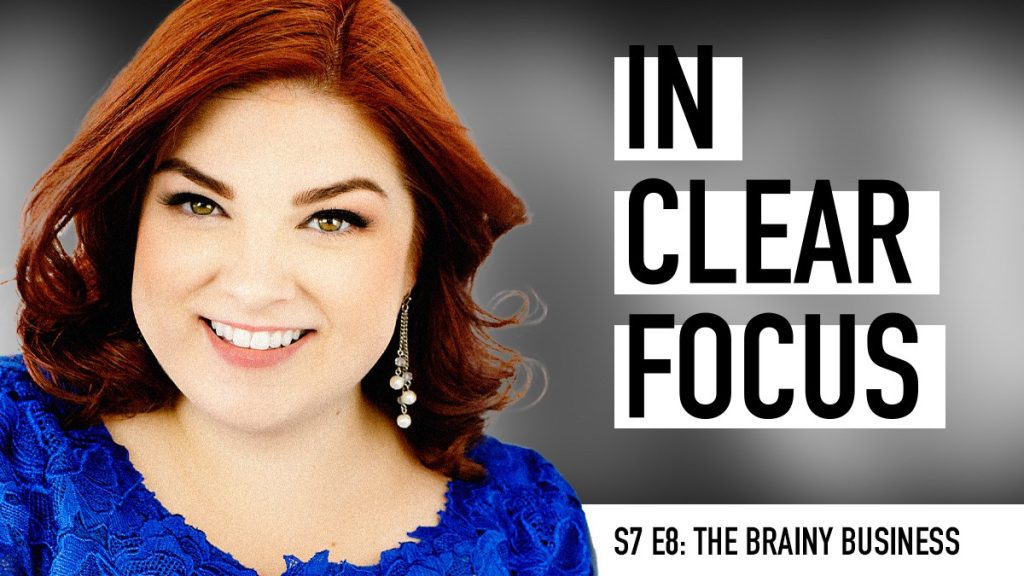Resurrecting Retail with Doug Stephens
Doug Stephens is an internationally recognized retail futurist. His new book, Resurrecting Retail, explores the challenges today’s big-box retailers face from online giants like Amazon and niche, direct-to-consumer brands. We discuss how retailers are responding with innovative, immersive shopping experiences that bring customers back to physical stores. Doug identifies the emerging technologies that will shape the future of shopping for the remainder of this decade and beyond.

